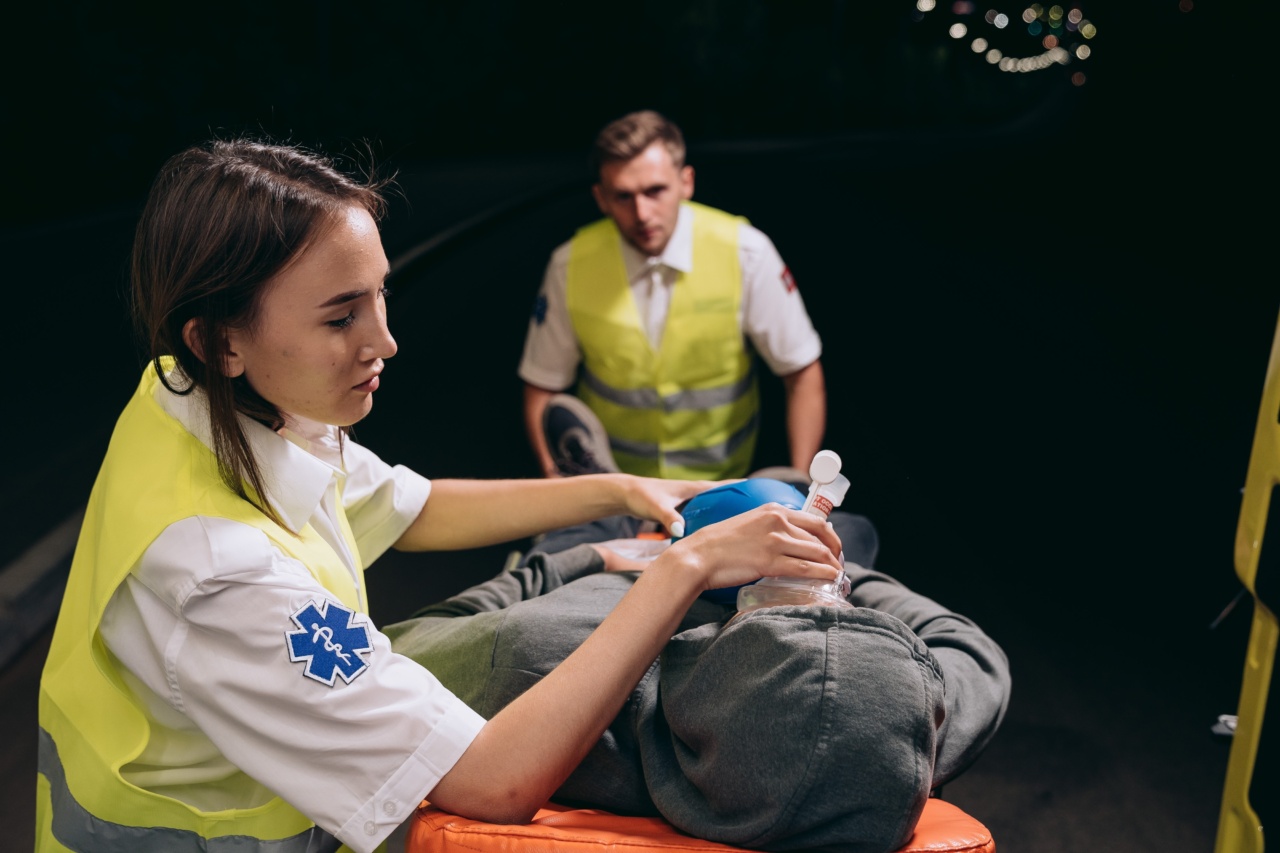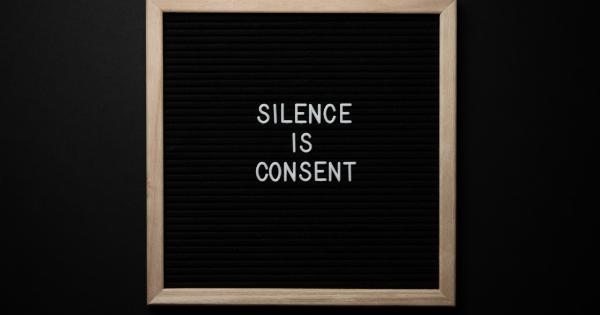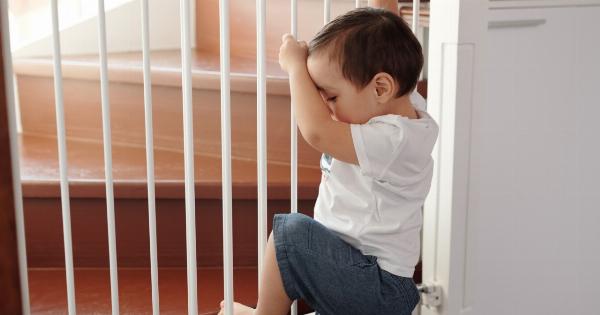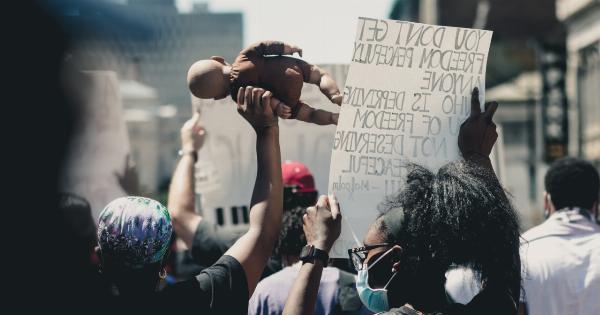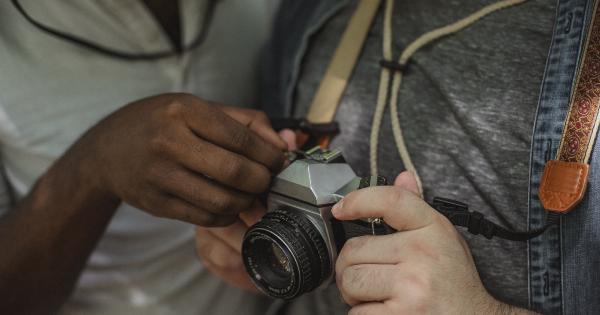The month of July brings with it a lot of excitement in the fashion world as designers unveil their latest collections and trends for the upcoming season.
However, it is also a time when unexpected events can occur, and fashion businesses need to be prepared with an Emergency Response Team (ERT) to deal with any crisis.
What is an Emergency Response Team?
An Emergency Response Team is a group of individuals within a business who are responsible for responding to an emergency situation.
They are trained to handle a wide range of situations, from natural disasters to security threats, and can be called upon at a moment’s notice to take appropriate action.
Why do Fashion Businesses Need an ERT?
In the fast-paced world of fashion, unexpected events can occur at any time that can impact a business’s reputation, profits, and overall well-being.
These events can range from a recall of a faulty product to a security breach or a natural calamity like a fire or a flood. Having an ERT in place can help businesses respond quickly, manage the situation effectively, and minimize the damage.
The Role of the ERT in Fashion Businesses
The ERT is responsible for coordinating the response to an emergency situation. This can involve communicating with first responders, clients, and stakeholders, assessing the situation, and implementing a plan of action.
The team may also be responsible for responding to media inquiries and keeping employees and customers informed about the situation.
Training for the ERT in Fashion Businesses
Training is a critical component of preparing an ERT for any eventuality. Members of the team should be trained in emergency response procedures, including evacuation plans, communication protocols, and first aid.
The team should also be familiar with the specific emergencies that can occur in the fashion industry, such as product recalls or runway accidents.
Equipment and Resources for the ERT in Fashion Businesses
The ERT should have access to a range of equipment and resources that will help them respond quickly and effectively to any situation.
This can include communication devices, first aid kits, emergency power generators, and backup systems for critical data. Having these resources on hand can make a significant difference in the success of the team’s response.
Response Protocols for Fashion Businesses
In addition to having an ERT in place, fashion businesses should also have clear response protocols in place for different types of emergencies.
These protocols should outline the steps that should be taken in the event of an emergency and provide guidance for employees on their roles and responsibilities.
Communication Strategies for Fashion Businesses
Effective communication is crucial during an emergency situation. Fashion businesses should have a communication strategy in place that includes protocols for communicating with employees, stakeholders, the media, and customers.
This may involve establishing a crisis communication team and developing pre-written statements and talking points that can be used in the event of an emergency.
Testing and Evaluation of Emergency Plans
To ensure that the ERT and emergency protocols are effective, fashion businesses should conduct regular testing and evaluation of their emergency plans.
This includes conducting training exercises, testing communication systems, and evaluating the response to past emergencies to identify areas for improvement.
Conclusion
With the right preparation and resources in place, fashion businesses can minimize the impact of unexpected events and protect their reputation and profits.
An Emergency Response Team is a critical piece of this preparation, and businesses should take the time to develop a comprehensive plan that addresses the specific risks and challenges of the fashion industry.
